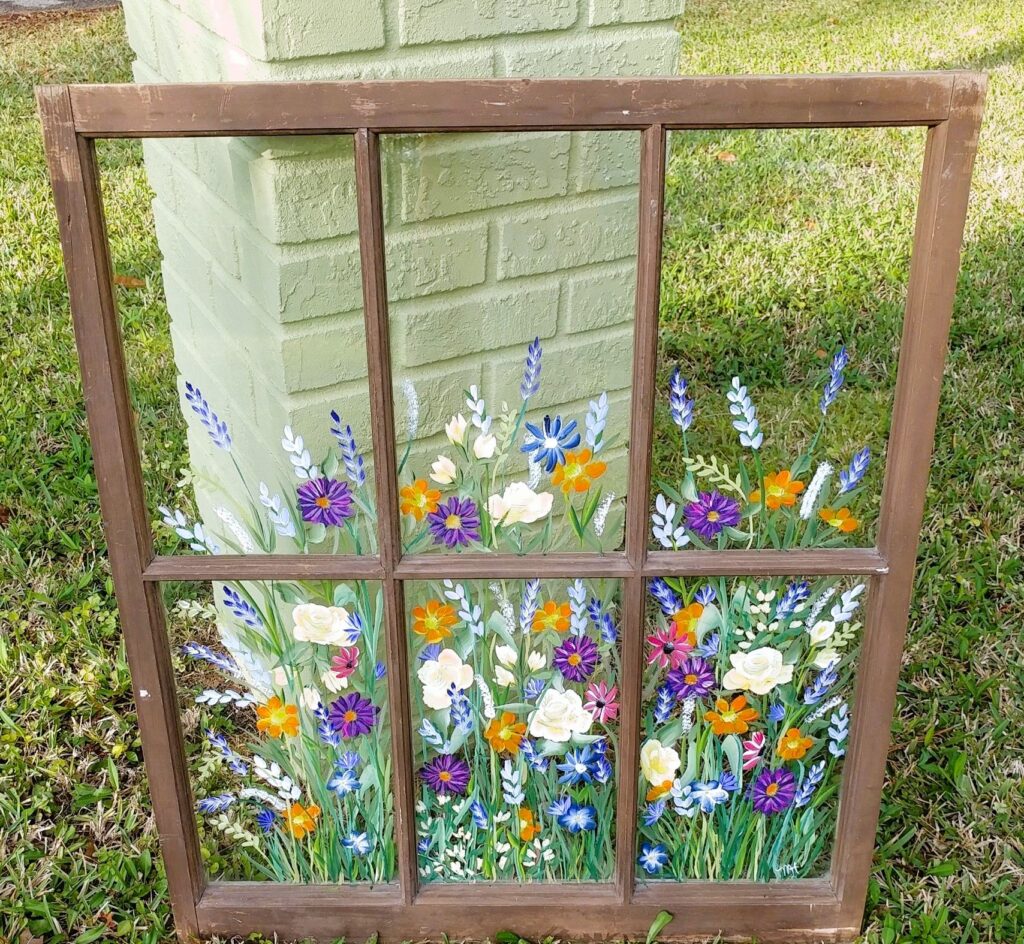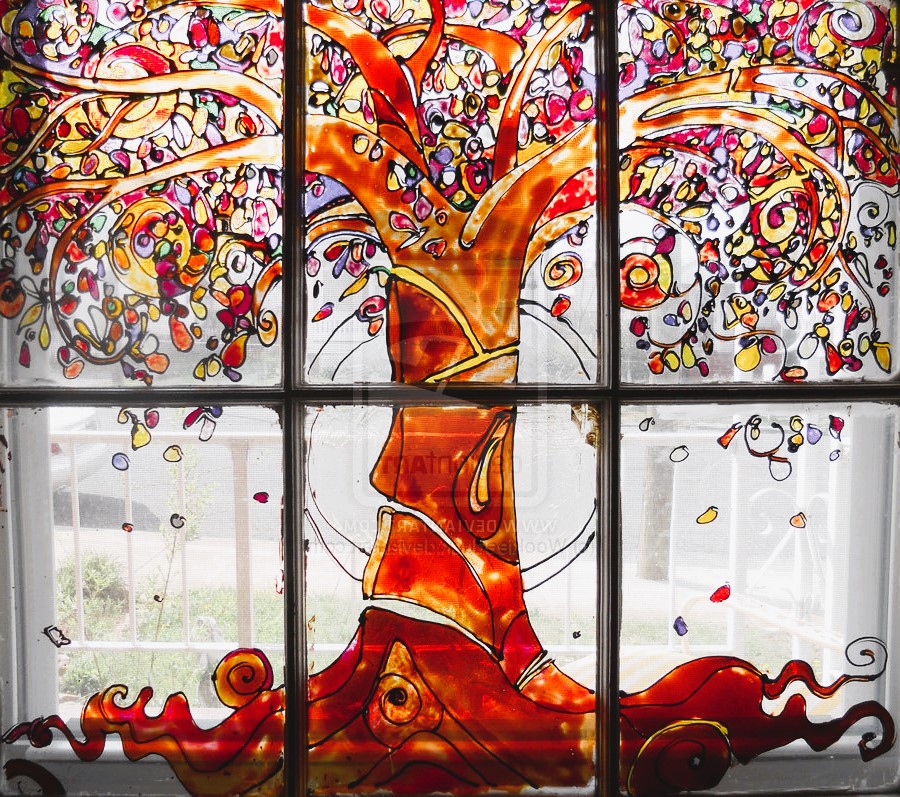Windows have long been considered more than mere openings in walls; they are gateways that connect the interior and exterior worlds. While their primary function is to allow light and ventilation, windows also offer a unique canvas for artistic expression. The incorporation of custom glass designs elevates windows to a form of art, transforming spaces with color, texture, and intricate patterns. In this article, we’ll delve into the captivating realm of windows as art and the standardization processes that ensure their creation meets safety and quality benchmarks.
The Fusion of Function and Aesthetics: Custom Glass Designs
Custom glass designs in windows provide an opportunity to infuse a space with personality and a distinct visual identity. From stained glass to frosted patterns, these designs can serve various purposes:
- Aesthetic Enhancement: Custom glass designs contribute to the overall aesthetics of a space. They can complement the interior decor, add a focal point, or evoke a specific theme.
- Privacy and Light Control: Frosted or patterned glass designs offer privacy while still allowing natural light to filter through. These designs are especially valuable in spaces where privacy is essential, such as bathrooms or meeting rooms.
- Cultural and Historical Significance: Stained glass windows, a hallmark of Gothic architecture, have been used for centuries to depict religious narratives and historical events.
The Art of Stained Glass: A Historical Perspective
Stained glass, perhaps the most iconic form of custom glass design, has a rich history dating back to medieval times. Initially used in cathedrals and religious buildings to convey biblical stories to a largely illiterate population, stained glass windows soon evolved into a recognized art form. The intricate play of colors and light creates a mesmerizing effect, transforming the surrounding space into a kaleidoscope of hues. Fill modern interiors with vintage treasures, see Bridging the Ages for more details.
Standardization and Safety

Creating custom glass designs for windows requires a balance between artistic expression and safety standards. Organizations such as the American National Standards Institute (ANSI) and the National Glass Association (NGA) establish guidelines that govern the manufacturing, installation, and maintenance of custom glass windows.
Relevant Links:
- Wikipedia: The Wikipedia page on “Stained Glass” offers insights into the history, techniques, and cultural significance of stained glass windows.Website: Wikipedia – Stained Glass
Creating Custom Glass Windows: Factors to Consider
When considering the incorporation of custom glass designs in windows, several factors come into play:
- Design Intent: Determine the purpose of the custom design – whether it’s to enhance aesthetics, provide privacy, or convey a specific message.
- Space and Lighting: Consider the location of the window and how the custom design will interact with natural light throughout the day.
- Theme and Style: Ensure that the custom design aligns with the overall theme and style of the space.
- Materials and Techniques: Choose the appropriate glass types and techniques (e.g., leaded, painted, fused) to bring your design to life.
Conclusion
Windows as art showcase the seamless integration of function and aesthetics. The world of custom glass designs offers a captivating avenue for expressing creativity, evoking emotions, and imbuing spaces with character. By adhering to standardization guidelines and understanding the historical significance of techniques like stained glass, homeowners and designers can harness the transformative power of windows to create truly exceptional works of art that enhance the beauty and ambiance of any space.

